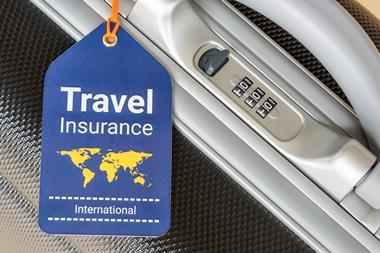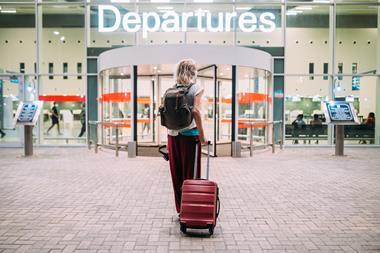Sponsored content: Stephen Kennedy, director at Pearson Ham Group, explores the shifting pricing dynamics in travel insurance
The UK travel insurance market has experienced a significant transformation over the past couple of years.
The industry, which once thrived on predictable patterns, has had to adapt to a rapidly changing landscape influenced by a variety of factors, including geopolitical tensions, extreme weather events and evolving consumer needs.
The outbreak of Covid-19 brought unprecedented challenges to the travel insurance sector. However, as travel restrictions eased and consumer confidence slowly returned, the industry witnessed a rebound.
This recovery was not without its complexities, as insurers had to navigate the uncertainties of covering Covid-19 related claims.

The pandemic effectively rewrote the rulebook for travel insurance, leading to new product developments and pricing strategies.
Insurers introduced products with specific coverages for Covid-19, including cancellations due to the virus, medical expenses while traveling and quarantine-related costs.
These new offerings were priced higher than standard policies due to the increased risk. Additionally, there has been a noticeable shift towards customisable and flexible policies, allowing travellers to pick coverages that specifically match their concerns, often at a premium.
Global travel
Geopolitical events, wars and tensions in various parts of the world have also influenced the UK travel insurance market.
Read: Prices rise across personal lines sector in January 2024
Read: UK travel insurance sector undergoing post-Covid pricing evolution – Pearson Ham
Explore more travel-related stories here or discover other Expert View content here
Brexit increased the complexity of traveling within the EU, leading to higher demand for comprehensive travel insurance.
However, resultant currency fluctuations and economic uncertainties have made some consumers more cost-conscious, affecting their willingness to pay for premium coverages. This has been further exacerbated by the cost of living crisis.
Extreme weather events, driven by climate change, have become more frequent and severe.
Insurers have had to reassess their risk models, often leading to higher premiums.
Moreover, the increased incidence of natural disasters has heightened consumer awareness about the importance of having robust travel insurance, potentially driving up demand for more comprehensive policies.
The amalgamation of these factors has led to a dynamic pricing environment in the UK travel insurance market.
Initially, prices soared due to the high risk and uncertainty surrounding Covid-19. As the market stabilised, there was some normalisation of rates, but prices remained higher than prepandemic levels, reflecting the increased coverage and risks.
Continued evolution
The market is likely to continue evolving through 2024. The state of global politics and environmental concerns will play pivotal roles in shaping the industry.
Prices are expected to fluctuate in response to these factors, with a possible trend towards more personalised pricing models. Insurers might leverage additional data sources or greater granularity to offer more tailored prices based on individual risk profiles.
Pricing could also become more dynamic, with increased frequency of price changes likely.
The UK travel insurance market is navigating through a period of significant change, driven by external events and evolving consumer needs.
While the industry has shown resilience in adapting to these challenges, the pricing landscape remains fluid. Consumers and insurers alike must stay informed and adaptable to navigate this dynamic market successfully.
For insurers, maintaining an external view of market developments and price movements is likely to be as important as accurate risk models.

Hosted by comedian and actor Tom Allen, 34 Gold, 23 Silver and 22 Bronze awards were handed out across an amazing 34 categories recognising brilliance and innovation right across the breadth of UK general insurance.



















































